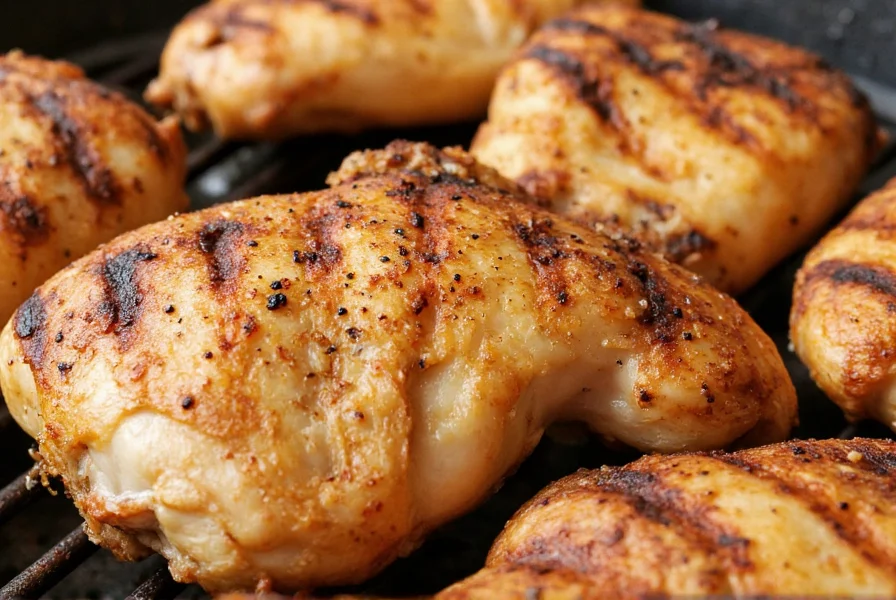Understanding the Flavor Dynamics
When exploring jalapeño lemon pepper flavor profile, it's essential to recognize how each component contributes to the final taste experience. The dried jalapeño provides moderate heat (2,500-8,000 Scoville units) with grassy undertones, while lemon elements add acidity that cuts through richness. Black pepper delivers pungency and complexity that ties the blend together.
Unlike single-note seasonings, this combination creates what food scientists call flavor layering – where each element remains distinct yet harmonizes with others. The citric acid in lemon actually enhances our perception of the jalapeño's heat while simultaneously providing a cooling counterpoint.
| Component | Flavor Contribution | Optimal Ratio | Best Application |
|---|---|---|---|
| Dried Jalapeño | Medium heat, vegetal notes | 1 part | Meats, roasted vegetables |
| Lemon Zest/Powder | Bright acidity, citrus aroma | 1 part | Seafood, light sauces |
| Cracked Black Pepper | Earthy warmth, pungency | 2 parts | All applications |
Crafting Your Own Blend
Creating a homemade jalapeño lemon pepper blend gives you control over freshness and intensity. Professional chefs recommend using whole ingredients rather than pre-ground versions for maximum flavor retention.

Basic recipe for 4 ounces of seasoning:
- 2 tablespoons dried jalapeño flakes (finely ground)
- 2 tablespoons fresh lemon zest (dried overnight) or 1 tablespoon lemon powder
- 4 tablespoons coarsely cracked black peppercorns
- 1 teaspoon sea salt (optional)
Combine ingredients in a glass jar, shake vigorously, and let rest for 24 hours before use. This resting period allows the essential oils to meld. Store in an airtight container away from light for up to 3 months. For jalapeño lemon pepper substitution when ingredients are unavailable, try 1 teaspoon cayenne pepper, 1 teaspoon lemon pepper, and 2 teaspoons black pepper.
Culinary Applications and Pairing Suggestions
The magic of how to use jalapeño lemon pepper lies in its versatility across cooking methods. Unlike single-note seasonings, this blend performs exceptionally well with:
- Grilled chicken – Apply generously before cooking for a flavorful crust
- Seafood dishes – Particularly effective with salmon and shrimp
- Roasted vegetables – Toss with olive oil and seasoning before roasting
- Mayonnaise-based sauces – Mix 1-2 teaspoons per 1/4 cup mayo
For jalapeño lemon pepper chicken recipes, try this professional technique: Create a paste with olive oil, the seasoning blend, and a touch of honey. Rub under the skin of chicken pieces before roasting. The fat carries the flavors deep into the meat while the honey balances the heat.

Storage and Freshness Tips
Preserving the vibrant flavors in your jalapeño lemon pepper seasoning recipe requires proper storage. Light and moisture are the primary enemies of dried seasonings. Always use airtight glass containers rather than plastic, which can absorb odors and flavors.
For extended freshness, store your blend in the refrigerator – especially if you've included fresh lemon zest. The cooler temperature slows the degradation of volatile oils responsible for the citrus notes. Properly stored, homemade blends maintain peak flavor for 3-4 months, while commercial versions typically last 6-8 months.
Common Questions About Jalapeño Lemon Pepper
Many home cooks wonder about the heat level and culinary applications of this popular seasoning blend. Understanding these aspects helps maximize its potential in your kitchen.
Is jalapeño lemon pepper very spicy?
Jalapeño lemon pepper typically has mild to moderate heat. The dried jalapeño contributes noticeable warmth without overwhelming spice (about 2,500-8,000 Scoville units), which the lemon elements help balance. Most commercial blends are designed for broad appeal, making them suitable for those who enjoy subtle heat rather than extreme spiciness.
Can I use this seasoning on fish?
Absolutely. The citrus notes in jalapeño lemon pepper complement fish exceptionally well. For best results, apply the seasoning 15-20 minutes before cooking to allow flavors to penetrate. It works particularly well with firmer fish like salmon, swordfish, and mahi-mahi. The lemon component helps cut through the natural oils in fatty fish while the pepper adds complexity.
How does this differ from regular lemon pepper?
The key difference is the addition of jalapeño, which introduces a subtle heat element absent in traditional lemon pepper. Regular lemon pepper typically combines lemon zest with black pepper and salt, while jalapeño lemon pepper adds a third dimension of flavor with noticeable but not overwhelming spiciness. This makes it more versatile for dishes where you want a flavor boost beyond just citrus and pepper.
What’s the best way to incorporate this into salad dressings?
For salad dressings, use 1-2 teaspoons of jalapeño lemon pepper per 1/4 cup of dressing base. Whisk thoroughly to ensure even distribution. The oil in the dressing helps extract the essential oils from the seasoning. Let the dressing sit for 10-15 minutes before using to allow flavors to meld. This works especially well in vinaigrettes for green salads or grain-based salads.
Can I make this blend without dried jalapeños?
Yes, though the flavor profile will differ. Substitute with 1 teaspoon cayenne pepper or 1/2 teaspoon red pepper flakes for heat. For a milder version, use 1/2 teaspoon paprika plus a pinch of cayenne. Remember that fresh jalapeño won't work as a direct substitute since the drying process concentrates flavors and changes the chemical composition. If using fresh, you'd need to adjust quantities significantly and account for moisture content.











 浙公网安备
33010002000092号
浙公网安备
33010002000092号 浙B2-20120091-4
浙B2-20120091-4